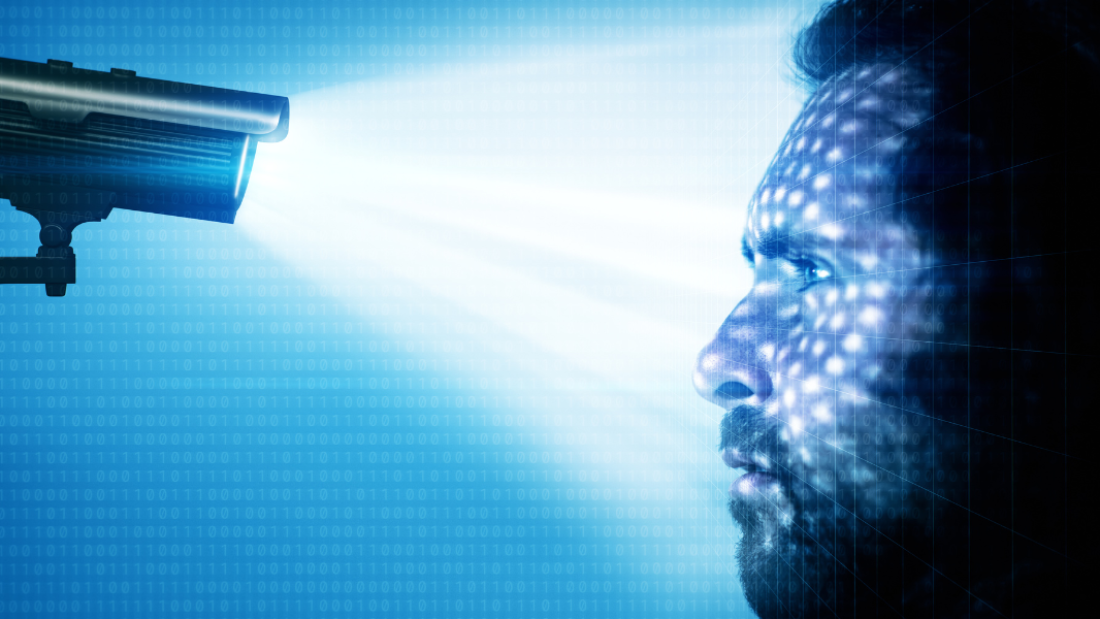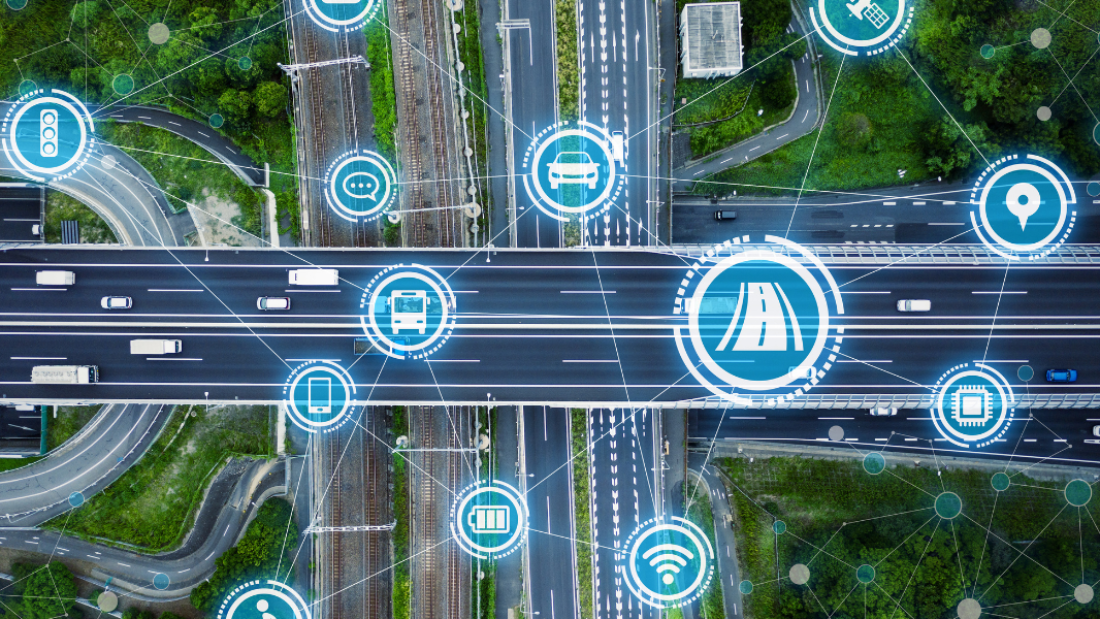In the fast-paced digital world, having real-time background checks is crucial for making informed decisions. Whether for employment screening or tenant verification, real-time access to accurate information is invaluable. Gone are the days of waiting days for results; now, instant access to updated data is essential. By leveraging real-time background checks, businesses and individuals can streamline processes and enhance safety measures efficiently. Stay ahead by embracing this technological advancement to ensure security and reliability in various aspects of life.
Rise of Remote Work
Technological Advancements
Remote work has surged in popularity due to technological advancements, enabling individuals to work from anywhere with a stable internet connection. This shift has revolutionized the traditional office setup, allowing for greater flexibility and autonomy.
The rise of real-time background checks has been instrumental in facilitating remote work. Employers can now verify candidates’ credentials swiftly and efficiently, ensuring a secure and trustworthy workforce. Advanced collaboration tools like Slack and Zoom have streamlined communication among remote teams, fostering seamless interactions despite physical distances.
Workplace Culture
The workplace culture has undergone a significant transformation, prioritizing flexibility and work-life balance. Companies are embracing remote work policies to attract top talent and accommodate diverse lifestyles. This shift has blurred the lines between personal and professional life, encouraging a more holistic approach to work.
Remote work offers employees the freedom to design their schedules, leading to increased productivity and job satisfaction. By eliminating daily commutes and offering a comfortable working environment, individuals can achieve a better work-life harmony. However, this flexibility also comes with the challenge of setting clear boundaries to prevent burnout and maintain focus.
Challenges Faced
Despite its benefits, remote work presents challenges for both employees and employers. Isolation is a common issue among remote workers, leading to feelings of loneliness and disconnection from colleagues. Building a sense of community through virtual team-building activities and regular check-ins is crucial to combatting isolation and fostering camaraderie.
Communication barriers can also hinder collaboration in remote teams. Misunderstandings may arise due to lack of face-to-face interactions, requiring clear and concise communication channels. Implementing regular video conferences, utilizing project management tools, and establishing transparent communication protocols can mitigate these challenges effectively.
Pros:
Increased flexibility and autonomy
Improved work-life balance
Cons:
Potential feelings of isolation
Communication barriers
Introduction to Real-Time Background Change
Customization Benefits
Real-time background change technology revolutionizes virtual interactions by enabling users to customize their appearance during video calls. This innovative tool allows individuals to project a professional or fun image by altering their surroundings in real time.
Enhancing virtual interactions through background removal and resolution background replacement techniques, users can seamlessly blend into any setting of their choice. By changing the background picture while on a call, individuals can create a more engaging and personalized experience for both themselves and their audience.
Increasing Demand
The demand for real-time background change has surged in both professional and casual settings. With the rise of remote work, professionals utilize this technology to maintain a sense of privacy and professionalism during virtual meetings. In social settings, individuals leverage background removal to add an element of creativity and fun to their conversations.
Pros:
Enhances virtual interactions
Allows for personalization during video calls
Cons:
Requires a stable internet connection for optimal performance
Technological Advancements
The advancement of technology has played a pivotal role in making real-time background change more accessible and user-friendly. The introduction of HD 60fps cameras and NVIDIA RTX graphics cards has significantly improved the quality and efficiency of this feature.
Benefits of Virtual Backgrounds
Distraction-Free Environment
Virtual backgrounds offer the ability to create a distraction-free environment during meetings. By utilizing additional background images through virtual cameras, individuals can eliminate visual disturbances that may disrupt focus. This feature is particularly beneficial in ensuring that attention remains on the meeting content without external distractions.
Convenience of Hiding Clutter
One significant advantage of virtual backgrounds is the convenience they provide in hiding cluttered or unprofessional home settings. With background matting technology and high-resolution images, individuals can effortlessly obscure messy backgrounds. This not only enhances the aesthetics of the virtual space but also helps maintain a professional appearance during video conferences.
Enhanced Engagement
Virtual backgrounds have the potential to improve engagement through visually appealing backgrounds. By incorporating image matting datasets and high-resolution background matting, users can choose captivating backgrounds that capture attention and spark interest. This visual enhancement can lead to increased participant engagement and interaction during virtual meetings.
Professionalism and Branding
Virtual Meetings
Virtual meetings have become increasingly common in today’s digital landscape. Utilizing virtual backgrounds can significantly enhance one’s professionalism during these interactions.
Maintaining a professional image is crucial for leaving a lasting impression on clients, colleagues, and stakeholders.
By using branded backgrounds, individuals can convey a sense of reliability and credibility, reflecting positively on their personal brand.
Company Identity
When it comes to company identity, consistency is key. Using branded backgrounds in virtual meetings can reinforce the organization’s identity and values.
Visual consistency across all virtual interactions helps in establishing a strong brand presence.
Incorporating elements such as logos, color schemes, or taglines in virtual backgrounds can subtly reinforce the company’s messaging.
Audience Perception
The impact of consistent visuals on audience perception should not be underestimated. Audiences are more likely to trust and engage with individuals or organizations that present themselves professionally.
A well-crafted virtual background can set the tone for the meeting and create a conducive environment for effective communication.
Consistency in branding elements fosters familiarity and builds trust among viewers, enhancing the overall experience.
Reducing Distractions
Minimizing Visual Noise
Virtual backgrounds offer a valuable solution by reducing distractions stemming from the physical environment during video calls. By utilizing tools like TensorFlow for high-resolution refinement, users can create a seamless backdrop that eliminates clutter and enhances professionalism.
Incorporating additional frames or enhancing video decoding processes can further improve the quality of virtual backgrounds, ensuring a distraction-free visual experience for all participants. This approach not only enhances the aesthetic appeal but also contributes to a more focused and engaging virtual meeting environment.
Enhancing Focus
Immersive backgrounds play a crucial role in maintaining participants’ focus during discussions. By utilizing advanced techniques such as video encoding at 30fps or 60fps, users can ensure smooth transitions and lifelike visuals that captivate attention and keep attendees engaged throughout the meeting.
Implementing calming or neutral backgrounds can significantly enhance concentration levels during calls, creating a serene atmosphere that fosters productive communication. Such backgrounds not only reduce visual clutter but also promote a sense of tranquility, enabling participants to stay actively involved in the conversation.
Personalization and Comfort
Incorporating Personal Elements
When selecting a background, consider personalizing it to reflect your unique personality or interests. This can create a sense of familiarity and comfort during virtual meetings. By adding a touch of your favorite paper texture or color, you can make the environment more inviting.
Fostering Connection through Human Segmentation
Incorporating human segmentation techniques in your background can enhance communication by making you appear more approachable. Consider including elements that showcase your attention to detail, such as a carefully arranged desk or a personalized detail in the background.
Creating a Welcoming Atmosphere with Detail
Adding detail to your background can contribute to creating a warm and welcoming atmosphere. Whether it’s a piece of art, a plant, or a cozy corner, these small elements can make a big difference in promoting open communication and collaboration.
Enhancing Professionalism with Disclaimer
Including a subtle disclaimer in your background, such as a company logo or slogan, can help maintain professionalism during virtual interactions. This not only conveys a sense of reliability but also reinforces your connection to the organization you represent.
Choosing the Right Tools
Compatibility Check
When selecting tools for real-time background changes, it is crucial to ensure compatibility with your existing devices and platforms. Consider researching software options that offer seamless integration with your preferred meeting platforms. This step will help avoid any technical glitches during important virtual meetings.
It’s essential to test the tools’ performance on different devices to guarantee a smooth experience for all users. Look for gpu-accelerated solutions that can handle robust video matting and scale video processing efficiently. By choosing tools that support torchscript and pytorch, you can ensure compatibility with modern GPUs for optimal performance.
Quality Assessment
Before implementing any tool, conduct thorough testing to assess its usage and quality alpha matte results. Running a demo of the software will give you a firsthand look at its capabilities and user-friendliness. Pay close attention to the art matting results produced by the tool to determine if it meets your standards for professional use.
Consider tools that offer video conversion scripts for easy editing and sharing of background footage. Look for software that provides access to new matting datasets for improved accuracy in background removal. Prioritizing tools with high-quality output will enhance the overall visual appeal of your virtual backgrounds.
User-Friendly Features
Look for tools that prioritize user experience by offering intuitive interfaces and easy-to-follow guides. Opt for solutions that come with built-in tutorials or customer support to assist with any technical issues. Choosing tools with a user-friendly design will streamline the process of creating and applying virtual backgrounds during meetings.
Evaluate the efficiency of each tool by testing its speed and responsiveness in real-time scenarios. Tools that offer quick rendering times and smooth transitions between backgrounds will enhance the overall meeting experience. Prioritize software that allows for seamless integration with popular video conferencing platforms for maximum convenience.
Setting Up Your Workspace
Organizing Notebooks
Create a dedicated workspace for your notebooks to streamline your workflow and boost efficiency. Keep them neatly stacked within reach to access essential information promptly.
Enhance your work environment by decluttering your desk and ensuring that only necessary items are within arm’s reach. This practice fosters a clear mind and minimizes distractions during work hours.
Optimizing Camera Angles
Position your webcam at eye level to maintain professional communication during virtual meetings. Adjust the angle to ensure a flattering view without distractions in the background.
Utilize the resources available at the UW Reality Lab to explore innovative ways of enhancing your video presence. Experiment with different camera placements and lighting setups to find the most flattering angles for your workspace.
Refreshing Background Choices
Regularly update your repo of background images or videos to keep your workspace visually engaging. Choose backgrounds that reflect your personality or align with the tone of your work presentations.
Incorporate subtle changes in your script backdrop to prevent monotony and maintain a fresh look for viewers. Consider seasonal themes or relevant visuals to add a touch of creativity to your workspace.
Implementing Hardware Acceleration
Leverage hardware acceleration features in your devices to optimize video quality and minimize lag during virtual interactions. This technology enhances the overall visual experience for both you and your audience.
Ensure that your system is equipped with the latest drivers and software updates to maximize the benefits of hardware acceleration. Regular maintenance and upgrades can significantly improve performance and efficiency in real-time background settings.
Closing Thoughts
Incorporating real-time background changes into your virtual workspace can significantly enhance your remote work experience. By utilizing virtual backgrounds, you can maintain professionalism, reduce distractions, and create a personalized and comfortable environment that aligns with your brand. Selecting the right tools and setting up your workspace thoughtfully are crucial steps in optimizing your virtual presence during online meetings.
Embrace the benefits of real-time background changes to elevate your virtual interactions further. Experiment with different backgrounds, consider your branding elements, and prioritize a distraction-free setup to make a lasting impression. Take action today to transform your virtual space and maximize your productivity in the world of remote work.
Frequently Asked Questions
What are the advantages of using a real-time background change for remote work?
Real-time background changes enhance professionalism, reduce distractions, and offer personalization. They help in branding, creating a comfortable workspace, and improving overall productivity during virtual meetings.
How can virtual backgrounds contribute to establishing professionalism and branding?
Virtual backgrounds provide a polished appearance for remote work settings. By using branded or professional backgrounds, individuals can maintain a consistent image across meetings, reinforcing their brand identity and professionalism.
What tools are recommended for implementing real-time background changes effectively?
Utilize tools like Zoom, Microsoft Teams, or OBS Studio for seamless real-time background changes during video calls. These platforms offer features that allow users to customize their backgrounds easily and create a professional virtual environment.
How can one ensure minimal distractions while using real-time background changes during virtual meetings?
Choose simple and non-distracting backgrounds to maintain focus on the meeting content. Opt for backgrounds that complement your appearance and the purpose of the meeting, ensuring that they do not draw attention away from the discussion.
Is it necessary to personalize virtual backgrounds for a more comfortable remote work experience?
Personalizing virtual backgrounds can create a sense of comfort and familiarity in a remote work environment. By choosing backgrounds that reflect personal preferences or interests, individuals can feel more at ease during virtual meetings, enhancing their overall work experience.









